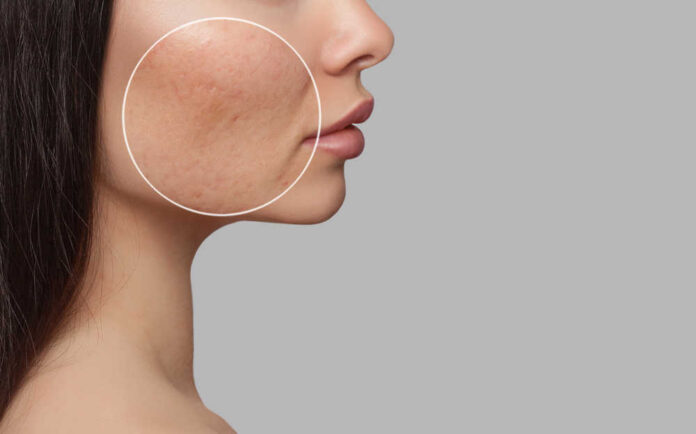
Your skin tone is determined by the amount of melanin present in your skin. People with darker skin have more melanin pigment than those with lighter skin.
But sometimes, your skin does not have the same amount of melanin pigment all over. This can result in areas of your skin that are darker than the surrounding skin.
This is called hyperpigmentation.
There are three main types of hyperpigmentation, each with its own set of risk factors and causes.
Age Spot Hyperpigmentation
Age spots (also called liver spots or solar lentigines) are small, dark patches that typically appear on skin parts commonly exposed to the sun—your hands, arms, and face.
Melanin pigment helps protect your skin from ultraviolet sunlight damage. When your skin is exposed to UV light, your body produces more melanin pigment to protect your skin. That’s why your skin may get tan after spending time in the sun. Tanning is your skin’s way of protecting itself from further sun damage.
After many decades of sun exposure, some of the melanocytes that produce melanin pigment can become damaged. This malfunction can cause these cells to produce more melanin pigment than normal, resulting in age spots.
Melasma Hyperpigmentation
Melasma typically manifests as larger dark patches on the face of women who are pregnant or on birth control. This is why melasma is also referred to as “the mask of pregnancy.”
During pregnancy, hormone levels fluctuate and can trigger the overproduction of melanin pigment. Birth control pills can also cause similar hormonal fluctuations that lead to melasma.
Other medications have also been linked to melasma, including:
- antidepressants
- antibiotics
- nonsteroidal anti-inflammatory drugs (NSAIDs)
- epilepsy medications
- hormone replacement therapy (HRT)
- retinoids
When the pregnancy is over, or the individual stops taking the medication that is causing it, melasma often fades away, and the skin returns to normal.
Post-Inflammatory Hyperpigmentation
Post-inflammatory hyperpigmentation is a darkening of the skin that occurs after the skin has been injured or inflamed.
It can happen after things like acne breakouts, eczema flare-ups, or even minor cuts and scrapes.
Inflammation of the skin (usually provoked in response to an injury) can trigger melanocytes to become overactive and produce too much melanin pigment.
Post-inflammatory hyperpigmentation is more common in people with darker skin.
Treatment for this type of hyperpigmentation typically requires a topical medication to safely depigment the affected skin area.






















